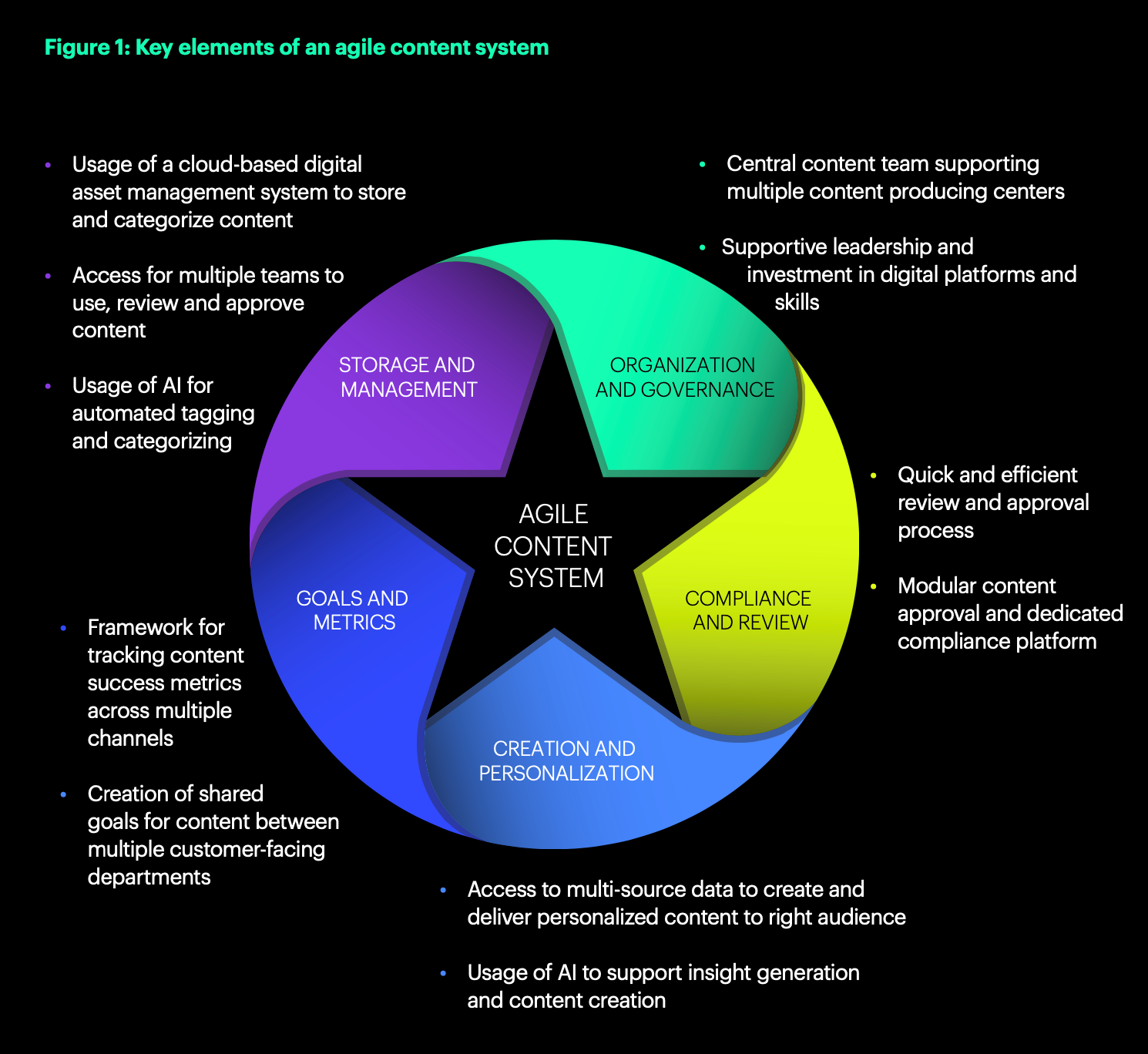BLOG
The Healthcare Industry in 2022: What’s Ahead?
Labor shortages aren’t improving, virtual care becomes old news, and the behavioral health boom continues.
Will 2022 be the year when the new normal finally kicks in? Will digital transformation in healthcare pick up steam? Who will acquire whom? Will the pandemic finally be behind us or will new variants keep it front and center?
After several tumultuous years in a row, we expect 2022 will bring plenty more disruption, much of it driven by the usual suspects of rising consumer and patient expectations, ever-advancing technology and intensifying perennial pressure to reduce costs and increase access. Per tradition, here are our annual healthcare “hot takes” as we think about the year ahead.
2022 Trends in the Healthcare Industry
We’ll Stop Talking About Virtual Care
Just as cable television and streaming became TV, mobile phones became phones, and online retail and e-commerce reverted to being plain old retail, virtual care will become just “care.” Increasingly, patients don’t differentiate between telehealth from in-person visits – it’s all just one connected experience of care.
This is partially a semantic development but highlights a critical – and unstoppable – trend. Some residual discussion of omnichannel care will persist, as health systems and providers continue to adjust. But final pockets of resistance will fall; even specialties like dermatology and pediatrics will expand their use of virtual (whoops – you see how hard it will be to stop using that word, but we’re convinced it will happen!).
Labor Shortages Won’t Be Solved with More Healthcare Workers
The talent gap and worker shortages will be recognized as unsolvable – at least with current strategies. There are simply not enough doctors, nurses and paraprofessionals around to fill all the open slots. The same is true of data scientists, experience designers, financial analysts and all the other skill sets that are in huge demand within healthcare and just about every other sector.
Rising wages (especially for nurses) highlight how talent shortages can’t be addressed by simply throwing money at them. According to Mercer, 900,000 nurses are expected to permanently exit the healthcare workforce, causing 29 states to face a shortfall of registered nurses in the next five years.
Seeing that they can no longer simply try to win over more nursing students, healthcare orgs need to embrace new talent strategies. They must find new types of workers they can train to play specific roles. Think engineers-in-training to map out new care pathways or data scientists and AI experts designing diagnostic tools that replace nurses’ intake forms and handle initial reviews on medical images.
Kaiser’s foray into medical education suggests how different the thinking will have to become, though, of course, such capital-intensive approaches won’t be an option for every health system. Digital solutions and smarter workflows that replace steps in care delivery, rather than simply automating routine steps, are also key. It’s a matter of succeeding with fewer workers, an operating model, workforce and tech portfolio that has the flexibility and scalability to deal with future growth.
Home Care and Diagnostics Get More Active and Outcome-Based
Post-Theranos and uBiome, the diagnostics boom continues, but we get no bonus points for predicting that growth accelerates in 2022. After all, diagnostic startups had raised $5.4 billion in 2020 – up 19% from the year before, according to Pitchbook. The prevalence of at-home COVID testing will pave the way for many new classes of tests – from fertility and prenatal to cancer and heart conditions, to stress and hormonal issues.
More significantly, we’ll see an important shift from monitoring to active treatment. For chronic care conditions, patients will become equipped with tools they need to solve common issues on their own and at home. For instance, remote patient monitoring tools will provide automatic alerts to patients (e.g., to adjust medications) and providers (e.g., to trigger nurse visits) when patient conditions deteriorate.
“There’s a device for that” will become a strategic default, as treatments are embedded in – or at least accessible from – monitoring devices.
Behavioral Health Evolves to Be A Standard Workforce Benefit
Employee demand for mental health and wellness will inspire large employers to greatly expand access beyond EAPs and therapy. This evolved employee expectation also prompts HealthTech firms to innovate with a fresh wave of tools and solutions available for providers and patients that seek to identify and address behavioral health challenges before they’re exacerbated, including solutions like Sanvello, an app that uses clinical techniques to help dial down the symptoms of stress, anxiety, and depression.
This momentum is another example of the confluence of trends in the post-COVID landscape; everyone is more aware of the need for better behavioral health monitoring and treatments. And employers navigating the Great Resignation must do everything they can to keep employees.
Pharma Takes the Lead in the Drive to Data Unification
Data unification across healthcare has been an “imagine if” proposition – and a huge barrier to innovation. This year, pharma, with its substantial capital and ability to disrupt at scale, makes a major bet to break through the traditional data hoarding problem.
Pharmaceuticals are primarily motivated by the opportunity to use real-world data (RWD) to inform and streamline drug delivery and development. Specifically, they will find new ways to securely blend and anonymize data from EHRs, home care settings, mobile devices, social media and other sources.
Their success will prompt other players – providers, payers, tech platforms, consumer apps and devices – to establish new standards for sharing and using data. For example, Cerner launched Cerner Enviza to sell EMR data in a secure way while protecting patient identities. Ciox merged with Datavant to help accelerate token adoption and increase usage of RWD and real-world evidence.
Bonus prediction: we might see some regulation shifts to give consumers unprecedented degrees of data control, portability and security. Further good news: all the investments and work on the countless data monetization initiatives underway across the industry are not lost but provide a foundation for future success.
ESG Goes From Feel Good Topic to Uncomfortable Issue in Healthcare
In 2020, there were healthcare heroes everywhere and the industry’s pandemic-fighting efforts were rightly applauded. There was also much discussion about access to care and health equity. In 2022, the media, government and public will once again ask these challenging questions of healthcare organizations. Beyond the normal inquiries into the high cost of care, senior executives will be asked why equity and access have not improved more in the wake of the pandemic and how their organization’s purpose statements play out in day-to-day operations.
Increasing health equity is extremely difficult in a world of thin margins; start-ups will deliver some innovation in the public health space, but it’s clear that the largest incumbents will be challenged to “walk the walk” on health equity in ways that match the considerable amount of talk about it.
Similarly, healthcare’s climate impacts will be increasingly in the spotlight. The industry’s carbon emissions represent about 5% of worldwide totals, according to the New York Times. C-suites and boards will make stronger commitments and clearer plans. Public companies will face especially sharp pressure, as they face up to the reality of ESG ratings and the risk of stock price hits if they are excluded from rapidly expanding ESG index funds.
“2022 will bring plenty more disruption, much of it driven by the usual suspects of rising consumer and patient expectations, ever-advancing technology and intensifying perennial pressure to reduce costs and increase access.”
FINAL THOUGHTS
As much change as healthcare has seen in the last few years, many organizations remain focused on the pre-pandemic goals of designing better patient experiences, streamlining care delivery and using data and tech more effectively. Those perennial issues are reflected in our 2022 predictions above and we’re willing to bet they’ll underpin our 2023 outlook as well.
Contact our healthcare team today. We’d love to talk about the transformation opportunities at your organization.











